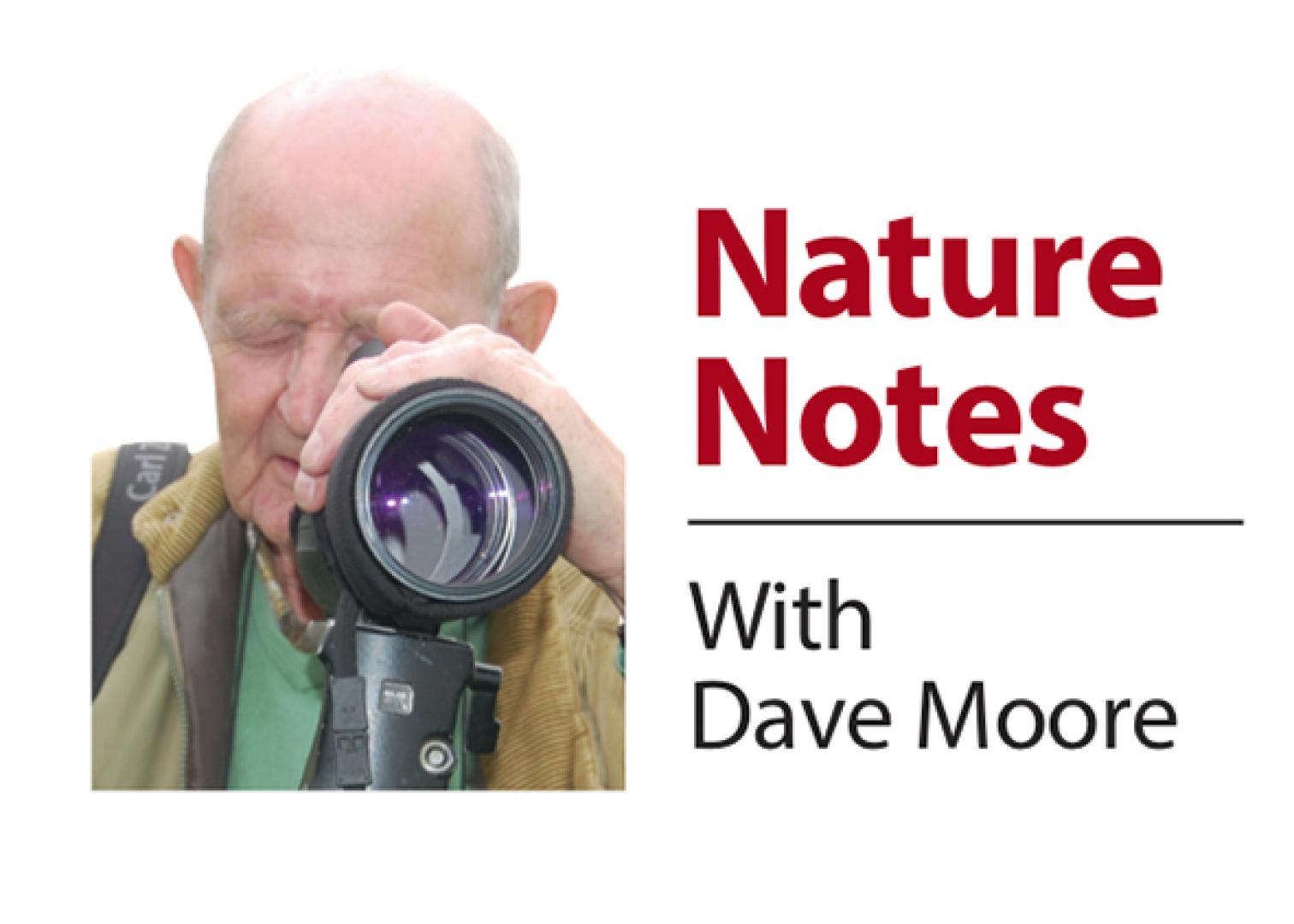DANDELIONS are not the most popular of wild flowers, but if they weren’t one of the earliest to bloom many other species would not survive without the pollen on their very bright heads.
That golden yellow flower attracts many species of insects, including butterflies. Without this foodstuff (pollen) they would find it difficult to survive beyond spring.
Dandies really do brighten up our local roadsides when little colour is present.
But they are not a favourite with gardeners. The reason that they are one of the great survivors of the plant world – no matter what efforts to control them are used they still flourish. Even where road salt has been spread they seem to thrive. They are deep rooted – the effects of the salt does not get to them. Another cause for their proliferation is that after flowering their “clocks” are a mass of hundreds of seeds, spread by the wind far and apart.
Those of us who are of an age will remember blowing on these clocks to see how many puffs it took. The idea was that the number showed the time – innocence and happy days.
The dandy throughout many centuries has been identified as food and drink and has also had medicinal properties. Every part of them is edible, right down to their roots and even today they are eaten in salads. Their roots can be ground down to produce a drink that is likened to coffee. As a lad one of my favourite thirst quenching drinks, dandelion and burdock made by Lowcocks, was drunk regularly. If memory serves me right, our pet rabbits were fed on dandelion leaves and nothing else.
Going back thousands of years dandies were known to have many properties that were used for many ailments and diseases.
Gardeners, when trying to eradicate them, will find it almost impossible. However, without them our roadsides would be a much duller place.
As I write these scribblings, local roadsides are a kaleidoscope of colour – red campion, dog daisy, buttercup, stitchwort and more. I only hope that the man with the strimmer does not chop them all down.
I fully understand that junctions have got to be cleared to give good visibility to drivers, but is it necessary to cut miles of the central reservation that have many species of flowers growing there? Enjoy our wildlife – it costs nowt you know.
Dave Moore is a wildlife enthusiast from Hutton Magna







